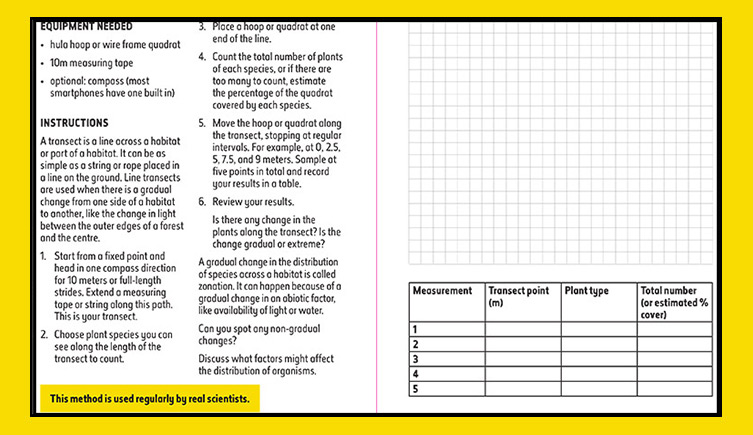About this resource
- Resource type: outdoor practical activity
- Theme: Tools for outdoor enquiry
In this outdoor activity, your class will go on a bug hunt and become zoologists. They will come up with their own classification systems to sort common invertebrates into groups.
This activity can be done in school fields, parks and gardens.

Relationships in an ecosystem
Reproduction
Scientific attitudes
Experimental skills and investigations
Analysis and evaluation

Use our learning resources with your students to explore the nature on your doorstep and discover the challenges it faces.

Taking small, actionable steps can have a big impact when it comes to helping the planet.